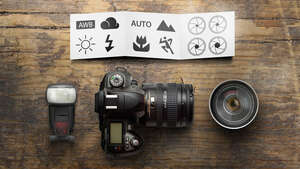Education & Resource
1,767 topics in this forum
-
- 3 replies
- 1k views
-
- 1 reply
- 433 views
-
- 3 replies
- 760 views
-
- 17 replies
- 3k views
-
- 6 replies
- 1.3k views
-
- 1 reply
- 544 views
-
- 19 replies
- 2.4k views
-
- 10 replies
- 732 views
-
- 12 replies
- 763 views
-
- 0 replies
- 424 views
-
- 3 replies
- 497 views
-
- 9 replies
- 1.5k views
-
- 5 replies
- 1.6k views
-
- 2 replies
- 709 views
-
- 47 replies
- 3.2k views
-
- 12 replies
- 1.3k views
-
- 2 replies
- 410 views
-
- 1 reply
- 642 views
-
- 2 replies
- 519 views
-
- 2 replies
- 1.2k views
-
- 5 replies
- 722 views
-
- 7 replies
- 497 views
-
- 1 reply
- 365 views
-
- 7 replies
- 538 views
-
- 1 reply
- 434 views
-
Who's Online 9 Members, 0 Anonymous, 705 Guests (See full list)








